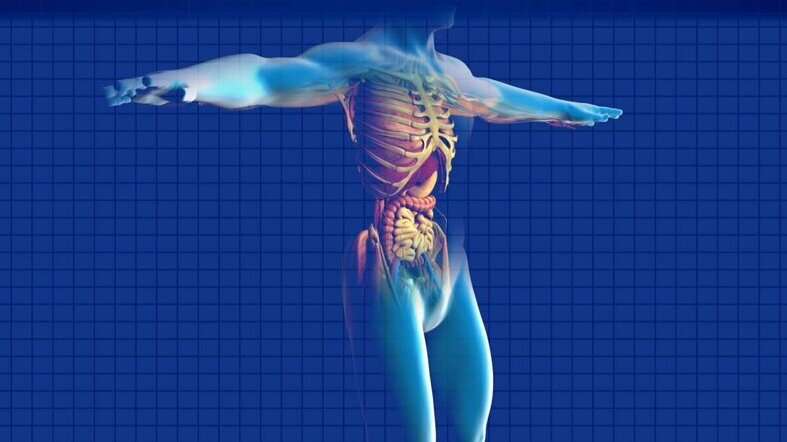New Study Confirms Accuracy of Accessible Wireless Ultrasound Devices

Studies show that portable wireless ultrasound devices provide accurate muscle assessments, offering faster, more flexible imaging in sports and clinical settings. Learn how this technology is transforming muscle health monitoring.
Recent research by Michigan State University has demonstrated that portable wireless ultrasound devices can deliver imaging results comparable to traditional, hospital-grade machines. These compact devices, which are more affordable and convenient to use, enable athletic trainers, clinicians, and sports medicine professionals to perform muscle assessments in field settings such as sidelines, gyms, or training rooms — locations where standard ultrasound machines are impractical. The study, published in the Journal of Sport Rehabilitation, was led by doctoral student Jessica Tolzman and assistant professor Matthew Harkey, along with collaborators from UNC, UVA, and Nike Sport Research Lab.
The research focused on evaluating the reliability of wireless ultrasound devices in measuring muscle properties, specifically in the quadriceps of female Division I athletes participating in soccer, volleyball, and field hockey. Each athlete underwent scans with both the traditional panoramic ultrasound machine and a handheld wireless probe. The findings revealed that measurements of muscle size and quality obtained with the wireless device closely matched those from the standard machine, confirming its potential as a dependable tool for real-time muscle assessment.
Wireless ultrasounds are particularly advantageous due to their portability, cost-effectiveness, and ease of use outside clinical environments. Despite capturing only a single image at a time, the device reliably predicted muscle size and offered moderate accuracy in assessing muscle quality. This capability allows trainers and healthcare providers to monitor muscle health during routine activities or on the sidelines, thus facilitating faster diagnosis and more flexible injury management.
While the current study concentrated on the quadriceps in female athletes, future research aims to explore other muscle groups and wider populations. These promising results suggest that wireless ultrasound technology can support more timely and accessible evaluations in sports medicine and clinical settings, aiding injury recovery and performance optimization.
For more detailed information, refer to the published study: Jessica E. Tolzman et al, "Assessment of Quadriceps Muscle Characteristics in Female Division I Athletes: A Validation Study of Wireless Probes Against Standard Ultrasound Units,” in the Journal of Sport Rehabilitation (2025).
Stay Updated with Mia's Feed
Get the latest health & wellness insights delivered straight to your inbox.
Related Articles
Many Americans Lack Awareness of the Cancer Risks Linked to Alcohol Consumption
A new study finds that only 40% of Americans recognize alcohol as a risk factor for cancer, highlighting a critical gap in public awareness with significant health implications.
Innovative Algorithm Enhances Vascular Design for 3D Bioprinted Hearts
A new algorithm developed at Stanford significantly speeds up the design of complex vascular networks for 3D bioprinted hearts, paving the way for improved organ manufacturing and regenerative medicine.
Genetic Discovery Unveils Key Role in Intestinal Stem Cell Regeneration for Rare Disorder
A recent study uncovers the essential role of a gene linked to a rare childhood disorder in the regeneration of intestinal stem cells, providing insights into gut healing processes and potential therapies for related diseases.
High-markup Hospitals Have Worse Patient Outcomes Despite Higher Charges
A new UCLA study reveals that hospitals with higher charges often have poorer patient outcomes, highlighting the need for transparency and regulation in healthcare pricing.



